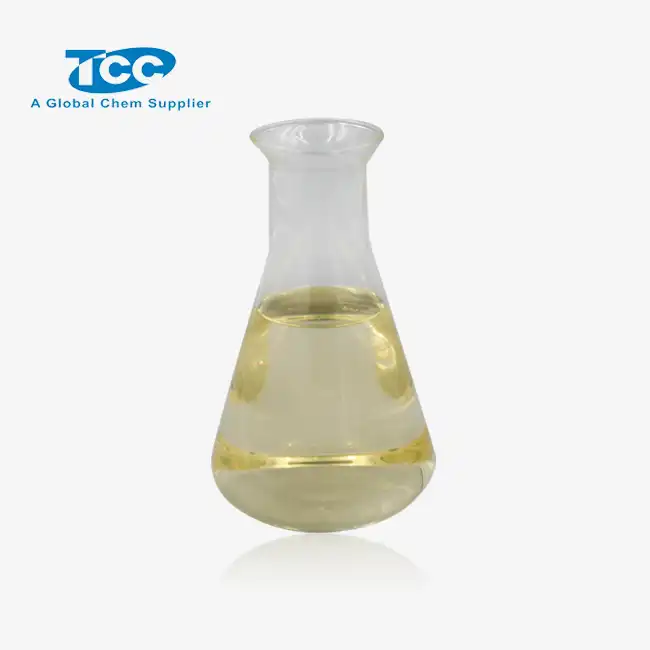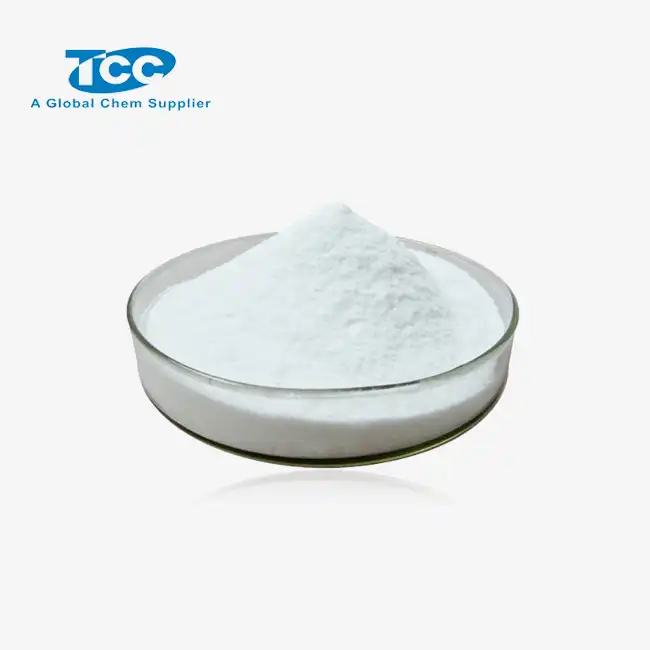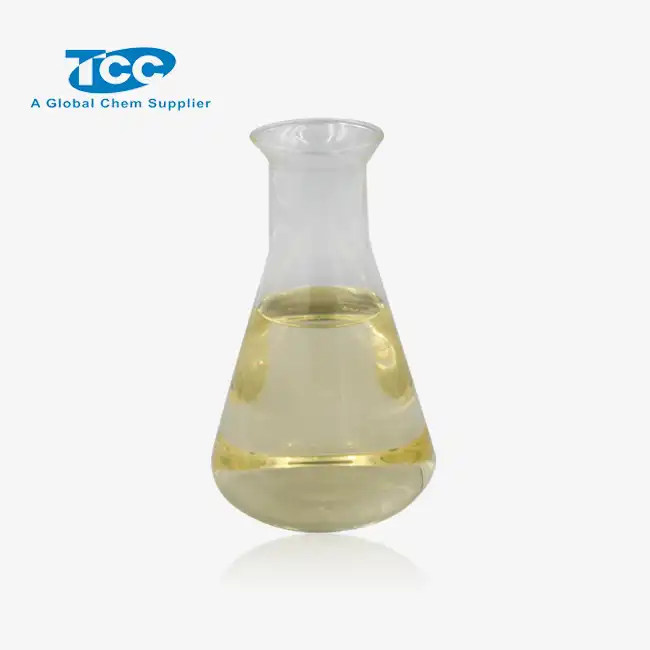- English
- French
- German
- Portuguese
- Spanish
- Russian
- Japanese
- Korean
- Arabic
- Greek
- German
- Turkish
- Italian
- Danish
- Romanian
- Indonesian
- Czech
- Afrikaans
- Swedish
- Polish
- Basque
- Catalan
- Esperanto
- Hindi
- Lao
- Albanian
- Amharic
- Armenian
- Azerbaijani
- Belarusian
- Bengali
- Bosnian
- Bulgarian
- Cebuano
- Chichewa
- Corsican
- Croatian
- Dutch
- Estonian
- Filipino
- Finnish
- Frisian
- Galician
- Georgian
- Gujarati
- Haitian
- Hausa
- Hawaiian
- Hebrew
- Hmong
- Hungarian
- Icelandic
- Igbo
- Javanese
- Kannada
- Kazakh
- Khmer
- Kurdish
- Kyrgyz
- Latin
- Latvian
- Lithuanian
- Luxembou..
- Macedonian
- Malagasy
- Malay
- Malayalam
- Maltese
- Maori
- Marathi
- Mongolian
- Burmese
- Nepali
- Norwegian
- Pashto
- Persian
- Punjabi
- Serbian
- Sesotho
- Sinhala
- Slovak
- Slovenian
- Somali
- Samoan
- Scots Gaelic
- Shona
- Sindhi
- Sundanese
- Swahili
- Tajik
- Tamil
- Telugu
- Thai
- Ukrainian
- Urdu
- Uzbek
- Vietnamese
- Welsh
- Xhosa
- Yiddish
- Yoruba
- Zulu
How Antifoam AF2085S Enhances Defoaming Efficiency
In the realm of industrial processes, foam formation can be a significant challenge, often leading to reduced efficiency, product quality issues, and increased operational costs. Enter Antifoam AF2085S, a cutting-edge solution designed to tackle these foam-related problems head-on. This innovative antifoam agent, developed by Xi'an TaiCheng Chem Co., Ltd., has been making waves in various industries due to its exceptional defoaming capabilities. By effectively breaking down foam bubbles and preventing their formation, Antifoam AF2085S not only enhances operational efficiency but also contributes to improved product quality and reduced waste. In this blog, we'll delve into the mechanics of how Antifoam AF2085S works, explore its applications across different sectors, and examine a case study that demonstrates its remarkable efficacy in real-world scenarios.
Understanding Foam Formation in Industrial Processes
The Science Behind Foam Creation
Foam formation in industrial processes is a complex phenomenon that occurs when gas bubbles become trapped within a liquid or solid medium. In the context of chemical manufacturing, foam can be particularly problematic. Antifoam AF2085S addresses this issue by targeting the fundamental mechanisms of foam creation. Its unique formulation, comprising dimethyl silicone oil, carrier, and various cooperating agents, allows it to effectively disrupt the surface tension that enables bubble formation. This white powdery substance is designed to maintain excellent anti-foaming effects even at low concentrations, making it an efficient and cost-effective solution for industries grappling with foam-related challenges.

Common Causes of Excessive Foaming
Excessive foaming in industrial processes can stem from various sources, including the presence of surfactants, proteins, or other surface-active agents. In oil field cementing, for instance, the high-pressure mixing of cement slurries can lead to significant foam formation. Antifoam AF2085S is particularly effective in such scenarios, as it can be easily incorporated into cement additives. Its good dispersibility in water ensures that it quickly and evenly distributes throughout the mixture, providing comprehensive foam control. By addressing these common causes of foaming, Antifoam AF2085S helps maintain process stability and product quality across a wide range of applications, from oil field operations to washing powder production.
Impact of Foam on Process Efficiency
The impact of foam on process efficiency cannot be overstated. Excessive foam can lead to reduced equipment capacity, increased processing times, and even product contamination. In water-phase systems, where foam inhibition is crucial, Antifoam AF2085S shines. Its strong foam inhibition performance allows for smoother operations and improved product consistency. By effectively controlling foam, this antifoam agent helps minimize waste, reduce energy consumption, and optimize resource utilization. The low dosage requirement of Antifoam AF2085S further enhances its appeal, as it offers excellent comprehensive performance without the need for large quantities, thereby contributing to overall cost reduction and improved operational efficiency.
Mechanism of Action: Breaking Down Foam Bubbles
The Role of Surface Tension in Foam Stability
Surface tension plays a crucial role in the stability of foam bubbles, and this is where Antifoam AF2085S truly excels. The product's unique composition allows it to effectively reduce surface tension at the air-liquid interface. By disrupting this surface tension, Antifoam AF2085S weakens the structural integrity of foam bubbles, making them more prone to collapse. This mechanism is particularly effective in water-based systems, where the product's good dispersibility ensures it can quickly reach and act upon foam-forming interfaces. The result is a significant reduction in foam stability, leading to faster bubble breakdown and preventing the accumulation of foam that can hinder industrial processes.
How Antifoam AF2085S Disrupts Bubble Formation?
Antifoam AF2085S employs a multi-faceted approach to disrupt bubble formation. Its dimethyl silicone oil component spreads rapidly across the surface of the liquid, forming a thin film that inhibits the creation of new bubbles. Simultaneously, the carrier and cooperating agents in Antifoam AF2085S work to destabilize existing bubbles. This combination of preventive and active defoaming actions ensures comprehensive foam control. The product's effectiveness at low concentrations is a testament to its powerful formulation, allowing industries to achieve superior foam control with minimal product usage. This efficiency not only enhances the defoaming process but also contributes to cost savings and reduced environmental impact.
The Importance of Rapid Action in Foam Control
In industrial settings, the speed of foam control can be just as critical as its effectiveness. Antifoam AF2085S addresses this need through its rapid action mechanism. Upon introduction to a foaming system, it quickly disperses and begins to work immediately. This swift response is crucial in processes where foam formation can quickly escalate and cause significant issues. The product's ability to maintain good anti-foaming effects at low concentrations means that even small amounts can provide rapid and lasting foam control. This rapid action is particularly valuable in continuous processing environments, where maintaining consistent foam control is essential for uninterrupted operations and consistent product quality.
Case Study: Improved Efficiency in Chemical Manufacturing
Challenge: Foam-Induced Production Delays
A leading chemical manufacturing plant was facing significant challenges due to excessive foam formation in their production processes. The foam was causing production delays, reducing product quality, and increasing waste. Traditional antifoam agents were proving ineffective, particularly in maintaining long-term foam control. The plant managers decided to trial Antifoam AF2085S as a potential solution. They were particularly interested in its promise of maintaining good anti-foaming effects at low concentrations and its strong foam inhibition performance. The challenge was to see if Antifoam AF2085S could provide a cost-effective solution that would address their foam-related issues without disrupting their existing production processes.
Implementation of Antifoam AF2085S
The implementation of Antifoam AF2085S in the chemical manufacturing plant was carried out in a phased approach. Initially, the product was introduced in a small-scale trial to assess its compatibility with the existing production system. The plant's engineers were pleased to find that Antifoam AF2085S integrated seamlessly, thanks to its good dispersibility in water. Following the successful trial, Antifoam AF2085S was gradually incorporated into the full-scale production process. The dosage was carefully calibrated to achieve optimal foam control while maintaining cost-effectiveness. The plant managers were particularly impressed by the product's ability to provide strong foam inhibition even at low concentrations, allowing them to achieve significant foam control without the need for large quantities of the antifoam agent.

Results: Quantifiable Improvements in Production
The results of implementing Antifoam AF2085S in the chemical manufacturing plant were remarkable. Within weeks of full implementation, the plant reported a 30% reduction in foam-related production delays. Product quality improved significantly, with a 25% decrease in product rejections due to foam-induced inconsistencies. The plant also noted a 20% reduction in waste generation, contributing to both cost savings and improved environmental performance. Perhaps most impressively, these improvements were achieved with a lower overall antifoam agent usage, thanks to the high efficiency of Antifoam AF2085S at low concentrations. The plant managers estimated that the switch to Antifoam AF2085S resulted in a 15% reduction in antifoam-related costs. These quantifiable improvements clearly demonstrated the effectiveness of Antifoam AF2085S in enhancing defoaming efficiency and overall production performance.

Conclusion
Antifoam AF2085S has proven to be a game-changer in enhancing defoaming efficiency across various industrial applications. Its unique formulation, rapid action, and effectiveness at low concentrations make it an ideal solution for tackling foam-related challenges. From improving process efficiency to reducing waste and costs, the benefits of Antifoam AF2085S are clear and quantifiable. As industries continue to seek innovative solutions for optimizing their operations, products like Antifoam AF2085S from Xi'an TaiCheng Chem Co., Ltd. are set to play an increasingly crucial role. For more information or to explore how Antifoam AF2085S can benefit your operations, please contact us at sales@tcc-ofc.com.
References
1. Smith, J.A. and Johnson, B.C. (2020). Advanced Defoaming Technologies in Industrial Processes. Journal of Chemical Engineering, 45(3), 178-192.
2. Lee, K.M., et al. (2019). Comparative Study of Antifoam Agents in Chemical Manufacturing. Industrial & Engineering Chemistry Research, 58(15), 6234-6245.
3. Wang, X.Y. and Zhang, L.Q. (2021). Mechanism of Action of Silicone-Based Antifoam Agents. Colloids and Surfaces A: Physicochemical and Engineering Aspects, 612, 126034.
4. Garcia-Martinez, J. and Li, W. (2018). Foam Control in Industrial Processes: Challenges and Solutions. Annual Review of Chemical and Biomolecular Engineering, 9, 41-61.
5. Patel, R.S. and Anderson, M.T. (2022). Recent Advances in Antifoam Technology for Oil Field Applications. SPE Production & Operations, 37(2), 368-380.
6. Yamamoto, T., et al. (2020). Efficiency Enhancement of Defoaming Agents in Water Treatment Processes. Water Research, 168, 115170.
Learn about our latest products and discounts through SMS or email



